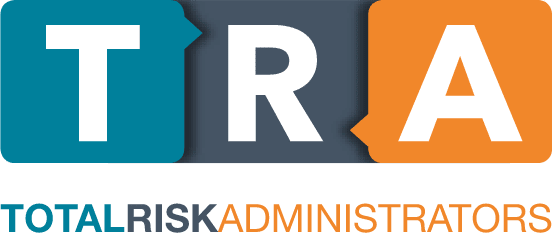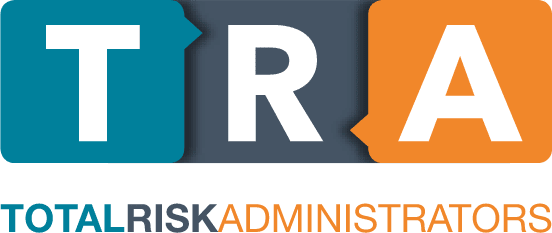Changing medical aids in South Africa requires careful planning and understanding of the policies governing medical schemes. Whether you’re looking for better cover for medical expenses, lower costs, or a scheme with more comprehensive benefits, it is important to consider the implications of a change.
Considerations Before You Make a Change
- Does your new plan offer better benefits than your current one?
- Will you have access to your preferred doctors and specialists?
- How does the new plan handle pre-existing conditions?
- Are you comfortable with the waiting period?
- Do you know how long your notice period is with your current provider?
- What is the cost difference, does it fit your budget and does it cover what it needs to cover?
When Can You Switch Medical Aids?
You can switch to a new medical aid scheme at any time of the year.
However, suppose you are switching to another plan within your current scheme. In that case, this is usually only allowed during the last quarter of the year, with the changes taking effect on 1 January of the following year. This prevents individuals from upgrading mid-year to access additional benefits without paying the full annual cost of a higher plan.
Tip #1: Ensure your timing is right when switching medical aids because you cannot be insured by two different medical aids. In South Africa, it is illegal (fraudulent) to belong to two medical aid schemes simultaneously.
Tip #2: Be cognisant that there is no break in cover, otherwise you might be left in a window with no cover. For example, if you notify your current insurer to end the cover (usually a month’s notice – so let them know by 31 December 2024) on 31 January 2025, you must apply for the new cover to start on exactly 1 February 2025.
Can You Downgrade Your Medical Aid Plan?
Yes, you can downgrade your medical aid plan at any time. However, it is important to note that you may lose benefits that you rely on. A lower-tier plan could reduce your medical cover for chronic conditions and major medical expenses such as cancer treatment or hospitalisation.
Tip #3: Always review the prescribed minimum benefits offered by your new plan to ensure they still meet your needs.
Understanding Waiting Periods
When switching to a new medical aid, you may be subjected to waiting periods.
These include:
- General waiting period: A three-month waiting period where you may not claim for non-emergency treatments.
- Condition-specific waiting periods: If you have a pre-existing condition, the scheme may impose a 12-month waiting period before covering treatment related to that condition.
These waiting periods make it more difficult for patrons to switch mid-year; anticipate the waiting period when you plan to change your medical aid plans.
Comparing Benefits and Cover
Before switching medical aids, evaluate the benefits offered by the new plan.
Here are a few things to consider:
- Medical cover for chronic conditions
- Day-to-day benefits and hospital cover
- Medical aid savings and out-of-pocket expenses
- Network providers and accessibility
- Specific coverage that would stand out for you (for example, maternity care or oncology).
The Cost of Medical Aid Plans
The cost of medical aid is a major consideration for most South Africans. While affordability is important, choosing a plan solely based on price could leave you underinsured.
Tip #4: Find a balance, look at hospital plans and network options, which often offer the same cover as non-network plans but at reduced costs, provided you use specified healthcare providers.
The Importance of Prescribed Minimum Benefits (PMBs)
According to the Medical Schemes Act, all medical schemes must cover 271 medical conditions and 26 chronic conditions under PMBs. Ensure that your new medical aid covers your pre-existing conditions under this provision, and understand any potential co-payments or exclusions.
Steps to Switching Your Medical Aid
- Research and Compare: Use medical aid comparison tools online or consult a broker.
- Review Your Needs: Consider your healthcare requirements and budget.
- Check for Waiting Periods: Ensure you understand the waiting periods applicable to the new scheme.
- Request a Membership Certificate: Obtain a certificate of membership from your current provider to prove continuous cover as this could potentially reduce your waiting periods.
- Give Notice to Your Current Scheme: Follow the required cancellation process as per your scheme’s rules.
- Complete the Application for the New Medical Aid: Submit all required documentation and await approval.
- Ensure Seamless Transition: Confirm activation dates to avoid any lapse in medical cover.
Don’t Fall For These Common Pitfalls
- Always check for waiting periods: Some schemes impose up to 12 months for pre-existing conditions.
- Don’t switch too late: Ensure the transition happens smoothly without gaps in medical cover.
- Investigate Network Restrictions: Using out-of-network providers could result in additional co-payments.
Get Gap Cover To Enhance Your Medical Aid Plan
For an (often small/less costly) additional fee, you can maximise your health care insurance by adding gap cover.
Even with medical aid, your medical scheme may not fully cover your medical expenses. This is where Gap Cover makes all the difference.
Gap Cover helps to bridge the shortfall between what your medical aid scheme pays and the actual cost of medical procedures, reducing out-of-pocket expenses. Many medical aid schemes only cover a percentage of specialists’ fees or hospital-related costs, leaving you to cover the remainder.
Tip #5: Add Gap Cover to your health insurance plan, allow for greater financial security and avoid unexpected medical costs. Consider researching some of the best Gap Cover options, such as Total Risk Administrator’s (TRA’s) gap cover from only R99 per month to complement your medical scheme.
TRA’s Final Thoughts
Switching to a new medical aid can be beneficial if done correctly. However, understanding the waiting periods, benefits, and cost implications is crucial.
Conduct thorough research, compare medical schemes, and consult professionals if needed. By taking these steps, you can ensure your transition is smooth, providing you with the medical cover you and your family need and can afford.
Get the most out of your Health Insurance with Total Risk Administrators.
Contact TRA to learn more about our Gap Cover and Female Cancer Cover policies to complement your Medical Aid.
NB: This article is for informational purposes only and should not be considered financial, legal, or medical advice.













